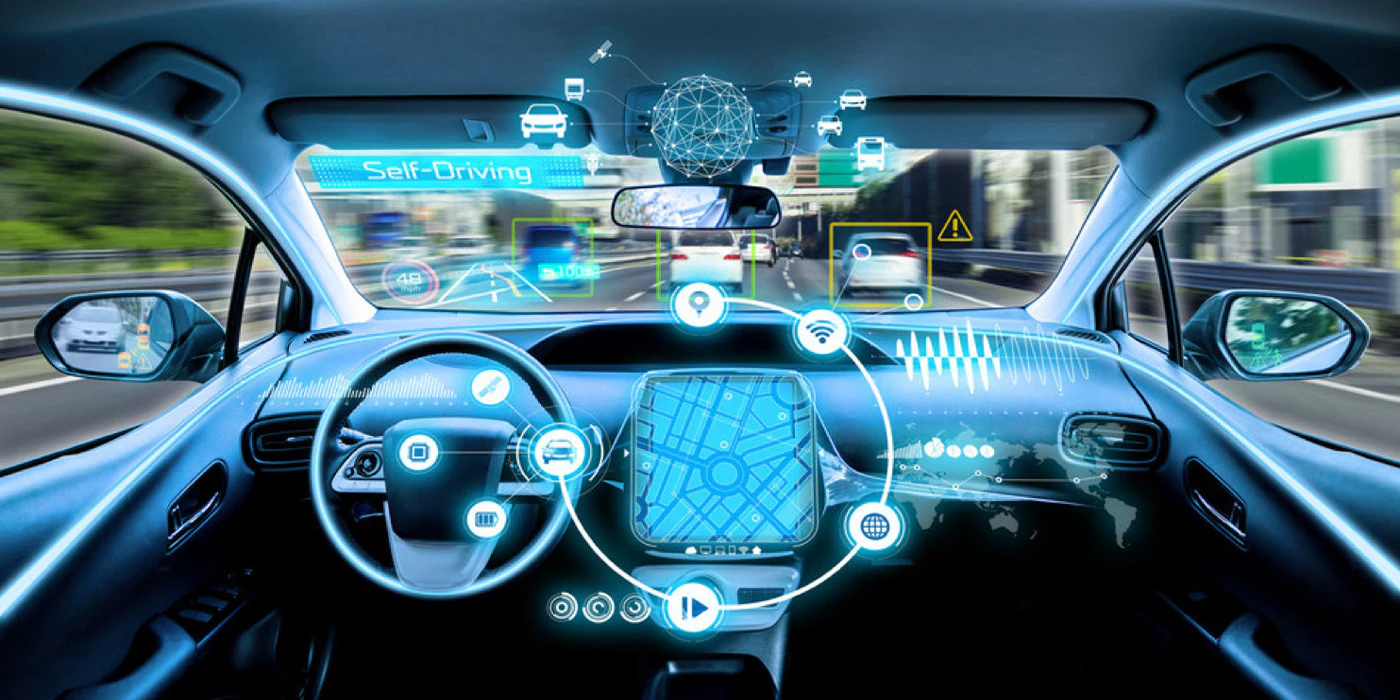The automotive industry is evolving rapidly, and one of the most revolutionary changes is the rise of connected cars. These vehicles are more than just machines for transportation—they are part of an intelligent network, communicating with other vehicles, infrastructure, and even the cloud. As the world moves toward smarter mobility solutions, connected cars are becoming a central piece of the puzzle, enhancing safety, comfort, and convenience like never before.
What Are Connected Cars?
Connected cars are vehicles equipped with internet access and communication systems that allow them to send and receive data. This data exchange takes place through:
- Vehicle-to-Vehicle (V2V) communication
- Vehicle-to-Infrastructure (V2I) communication
- Vehicle-to-Cloud (V2C) integration
- Vehicle-to-Everything (V2X) connectivity
These connections enable the car to interact not just with the driver, but with its surroundings in real-time, transforming the driving experience.
Key Features of Connected Cars
1. Real-Time Navigation and Traffic Updates
Connected cars use GPS and real-time traffic data to provide up-to-date directions and rerouting suggestions based on congestion, road closures, or accidents.
2. Over-the-Air (OTA) Updates
Manufacturers can send software updates directly to your vehicle without needing a service visit. This includes updates for infotainment systems, security patches, and even performance upgrades.
3. Remote Diagnostics and Predictive Maintenance
Connected cars can monitor engine performance, battery health, tyre pressure, and other components. They alert drivers to potential issues before they become serious problems and can schedule service appointments automatically.
4. In-Car Internet and Infotainment
Passengers can enjoy streaming services, real-time weather reports, and voice assistants like Alexa or Google Assistant for hands-free operation and entertainment.
5. Enhanced Safety Features
With V2V communication, connected cars can warn each other about obstacles, sudden braking, or dangerous driving conditions, reducing the chances of accidents.
Benefits of Connected Cars
- Increased Safety: Collision alerts, lane-keeping assistance, and emergency braking systems all rely on connectivity.
- Better Fuel Efficiency: Real-time traffic data helps optimize routes and reduce idle time.
- Improved Maintenance: Predictive alerts prevent costly breakdowns.
- Convenience: Remote vehicle control via smartphone apps—lock/unlock, start the engine, or pre-cool the cabin.
- Data-Driven Decisions: Fleet managers can monitor vehicle performance, driver behavior, and fuel usage to enhance operations.
Challenges and Concerns
Despite the advantages, connected cars face a few challenges:
1. Data Privacy and Security
With vehicles collecting vast amounts of personal and driving data, privacy becomes a concern. There is also the risk of cyberattacks, where hackers could potentially take control of car functions.
2. Infrastructure Limitations
For V2I or V2X communication to be effective, road infrastructure must support connectivity. In countries like India, this poses a challenge due to inconsistent development across regions.
3. Cost of Implementation
Connected features increase vehicle costs, making them less accessible to entry-level buyers. However, costs are expected to drop as technology becomes more widespread.
4. Standardization Issues
A lack of uniform standards across automakers can hinder interoperability between different brands and services.
Connected Cars in India: The Current Landscape
India is gradually adopting connected car technology, especially in urban centers. Some key developments include:
- Embedded SIMs in cars like Hyundai Venue, MG Hector, Kia Seltos, and Tata Nexon EV for remote operations and telematics.
- Mobile apps allowing remote engine start, geofencing, live tracking, and voice commands.
- Electric Vehicles (EVs) leading the charge with integrated digital dashboards and smart battery management systems.
Pro Tip: Many Indian buyers are now considering connected features as a deciding factor when purchasing new cars, particularly in the premium segment.
The Road Ahead: What to Expect
As 5G networks expand and IoT (Internet of Things) becomes mainstream, the scope of connected cars will grow even further:
- Seamless integration with smart homes and digital ecosystems.
- Autonomous driving capabilities enhanced by real-time data from connected networks.
- Urban mobility ecosystems where public transport and private vehicles work together for efficient traffic flow.
Governments, telecom providers, and automakers must collaborate to develop smart infrastructure, ensure cybersecurity, and create standardized protocols for the next generation of mobility.
Final Thoughts
Connected cars are not just a glimpse into the future—they’re already reshaping how we drive, maintain, and interact with our vehicles. As the auto industry shifts toward digital and data-driven mobility, connected technology stands at the forefront of this transformation.
For Indian car buyers, especially in metros, opting for a connected vehicle can mean enhanced safety, better maintenance control, and a smarter driving experience. The future of smart driving is already on the road—it’s time to buckle up and stay connected.

